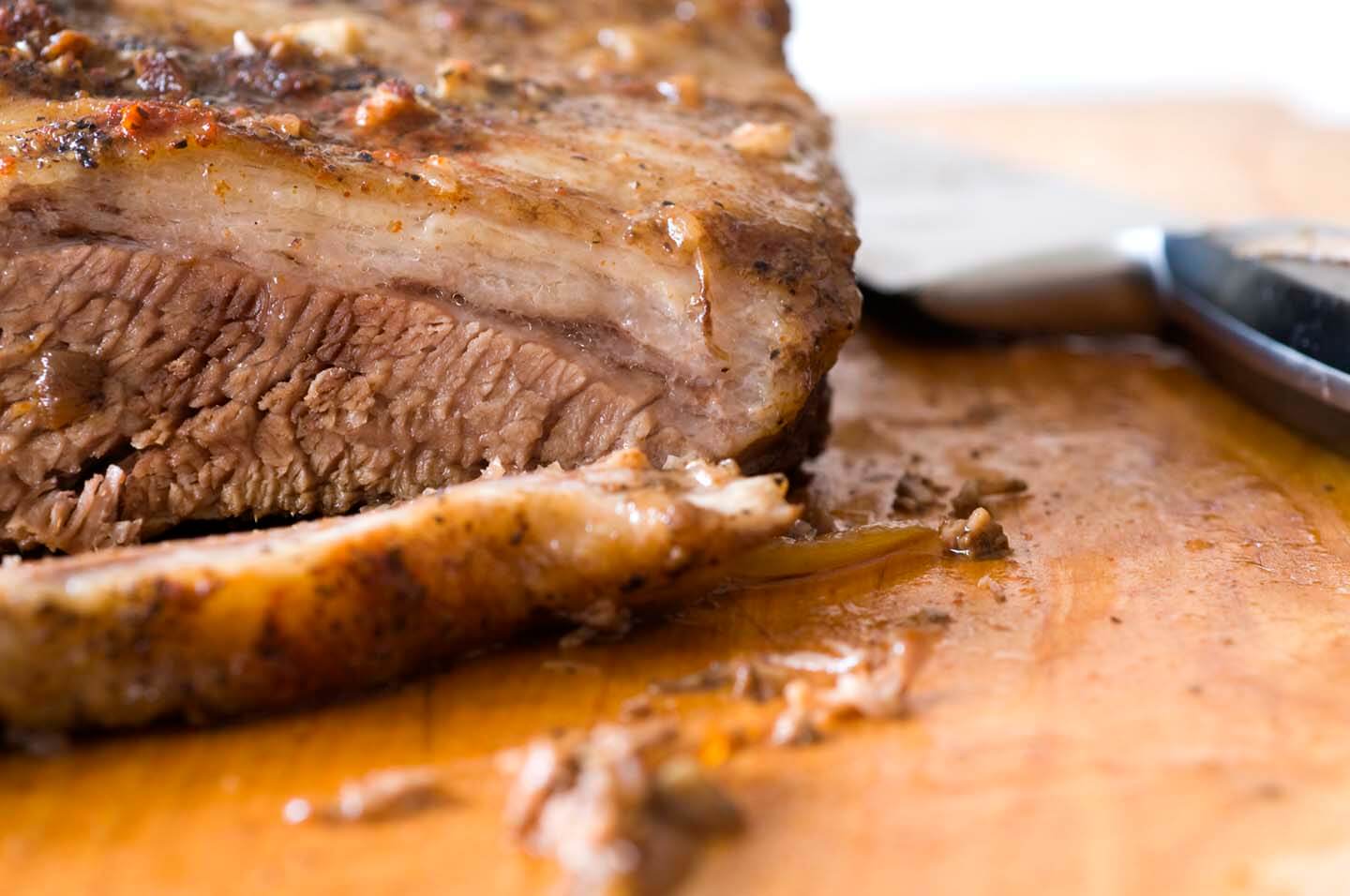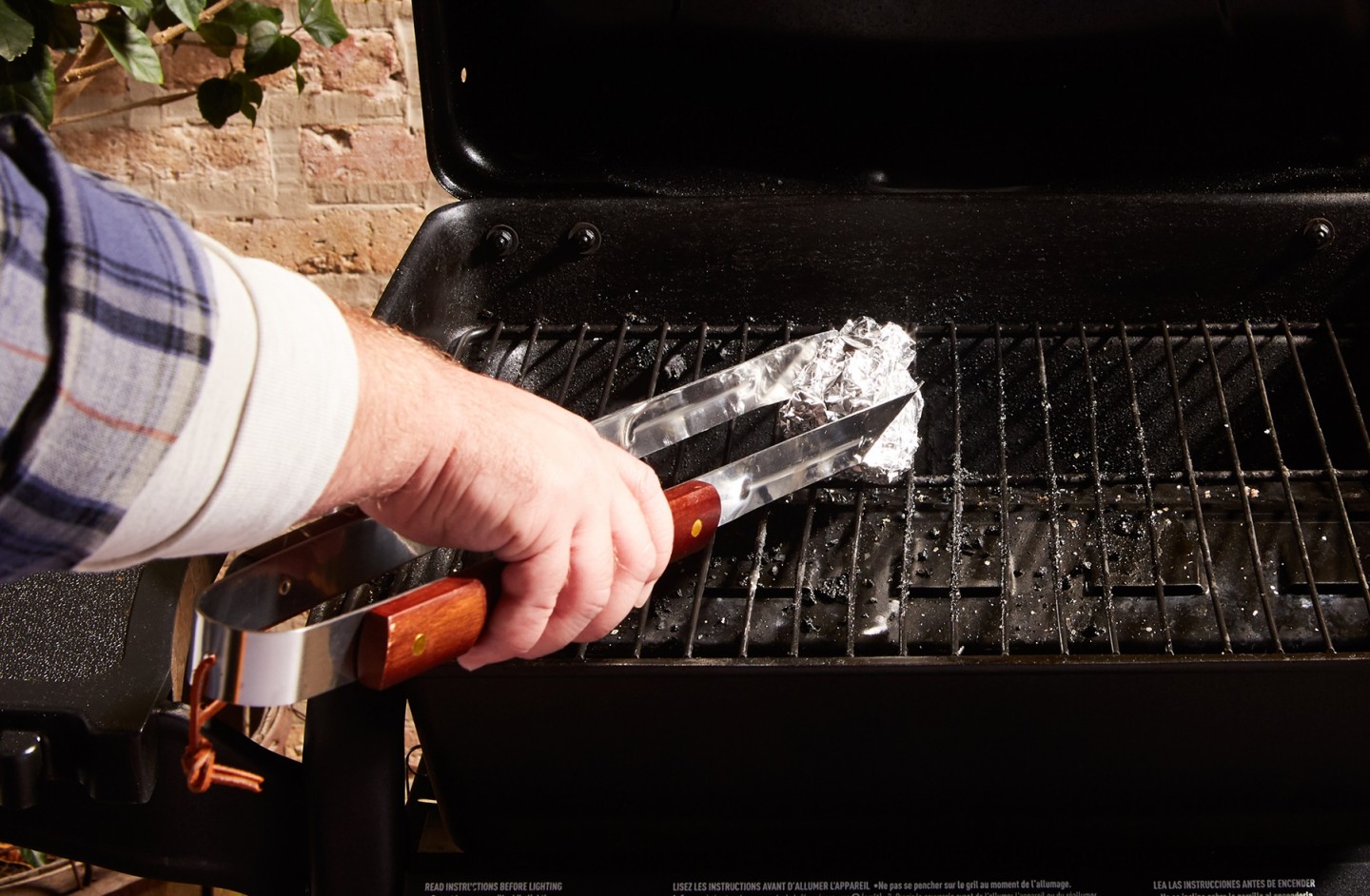
If you love the classic grill marks, direct heat is the way to go. Using this method, the food is placed directly on the fuel source, which means that the temperature is extremely high. Direct heat can also be used, but it is important to avoid burning. Place foods on the grate facing the heat source in order to cook them evenly. This technique is most effective when the ingredients are fast-cooking such as steaks, fish, or vegetables.
Indirect heat can be used to grill larger pieces, such as beef or pork. This method creates smoke and takes longer cooking times. This method is best for thinner cuts of meat like burgers or vegetables. Although indirect heat can yield excellent results, it requires patience and knowledge to be used correctly. Indirect heat is less effective at cooking foods like vegetables and hamburgers. Here are some things to keep in mind when choosing a grilling method.

Direct heat transfer is more eco-friendly than indirect heat. It emits no emissions and does not omit odors. It recycles water. The thermal energy generated by indirect cooling can be used for cooking, whether to heat the boiler feed water or any other part of the plant. If you cook with waste energy from other plants, you can reuse it for another purpose. This can help you save money and the environment.
Direct heat is an option that provides temporary climate solutions. Direct heat is not safe for employees. Direct heat is also more costly to operate than indirect heaters. A direct heater with 4 MBTUh requires more air to reach the target temperature, but has a high upfront price. The enclosed flame indirect heater works better and is less expensive. It is better to choose an indirect heater when a temporary climate solution is necessary.
Grilling on direct heat is a quick way to cook items with a thickness of only a few inches. The hot grill will cook these foods more quickly. For large items it is best to use indirect heat. Here are some tips: Make sure you use a lid if you plan on cooking a large meal. The lid can cause your food to burn, which is dangerous for the environment. It is possible to avoid all problems if the lid is used correctly.

A fire is not required to use direct heat for cooking. A frying pan heated directly over a flame is direct heat. The food is placed directly on the hot grates. The lid will catch the rising heat. Conduction or indirect heat cooks the food faster. Indirect heat is the best way to roast meats. This heat can also be used to cook many types of fish and vegetables. It is also great for grilling seafood.
FAQ
How can leftovers be stored in the most efficient way?
Leftovers are usually stored in Tupperware containers. These containers preserve food freshness and stop odors from developing. They can also keep food warm longer. Remaining food can be frozen in freezer bag. To prevent air from escaping, freeze food in a bag. Once the food is frozen place it in an airtight container, such as a zip lock bag.
Can I cook with my family?
Yes! Kids love to help in the kitchen. It's fun and teaches kids responsibility as well as teamwork. From washing vegetables to chopping onion, children can help. You will have your children enjoy helping you cook as long as they follow safe procedures when using knives.
How do I get hired to cook?
A word of mouth referral can lead to a job as cook. A friend or family member might know of an open restaurant that is in desperate need of staff. You might also find openings advertised on websites or bulletin boards by restaurants.
Statistics
- The median pay for a chef or head cook is $53,380 per year or $25.66/hour, according to the U.S. Bureau of Labor Statistics (BLS). (learnhowtobecome.org)
- under 10 Kids have been taught that there is special food just for them, and Fiese says that 10 percent of kids will throw a tantrum if they don't get the food they want. (washingtonpost.com)
- You'll be amazed that over 90% of CIA students receive scholarships and grants to finish their culinary studies. (ischoolconnect.com)
External Links
How To
How to Be a Chef
One of the most exciting careers is that of a chef. It requires a lot of knowledge and skills, making it difficult to find out what job would suit your interests best. If you're looking to get started immediately, there are many avenues to explore. You have the option to work in restaurants or hotels, as well as at catering companies. Or you can even learn how to cook. We have some helpful tips to help you make the right decision when choosing a career as a chef.
-
Learn how you can cook!
Cooking is something everyone should learn at least once in their life. It is a good idea to start learning how to cook, even if it's not your first language. There are so many great recipes available online. They are also easy to follow. You should not rush learning new skills. Take your time and enjoy the journey.
-
Get a degree
If you want to become a professional chef, you should consider getting a culinary arts degree. This way, you will be able to develop your own style and taste while gaining valuable knowledge. Culinary schools offer classes in pastry making, baking, meat cutting and many other subjects. They often require students to continue classes for several years before they are able to graduate. However, if you really wish to become a chef you need to think twice about choosing any school.
-
Work in a restaurant
Working in a restaurant is probably the easiest way to enter the world of chefs. Because they have the opportunity to gain practical experience, most people decide to become chefs. Restaurants always look for qualified staff, especially those who have worked in other fields. Restaurant jobs are a great way to get a job as a chef.